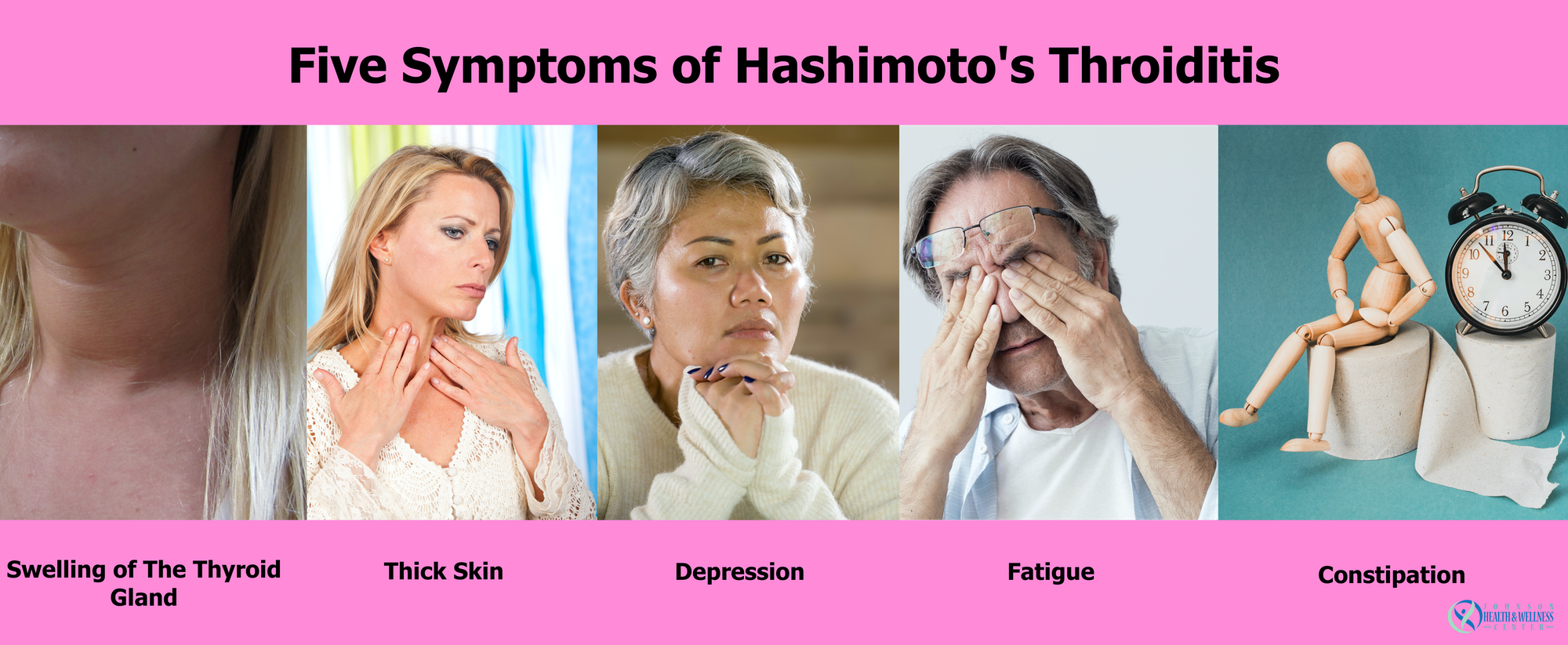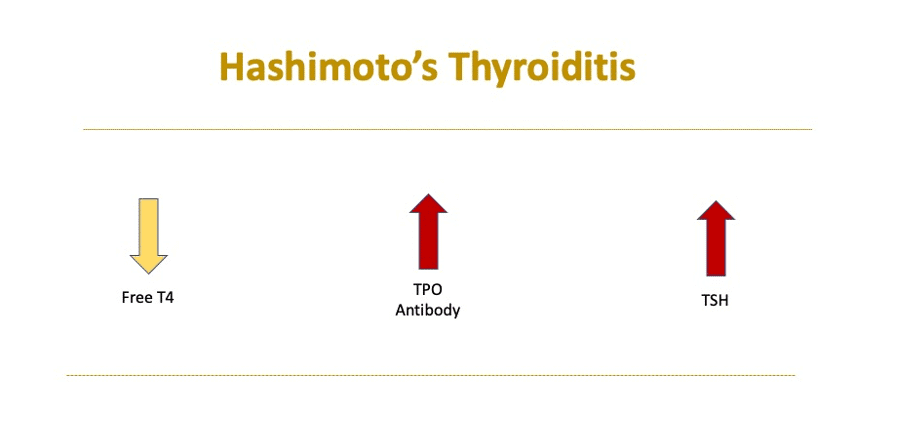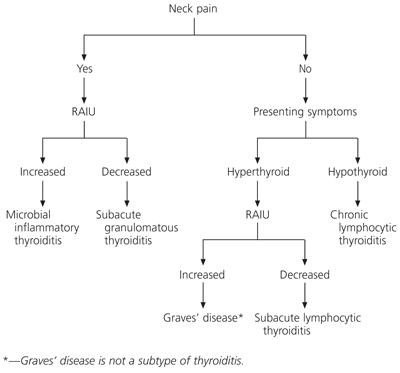Cool Tips About How To Diagnose Hashimoto's Disease
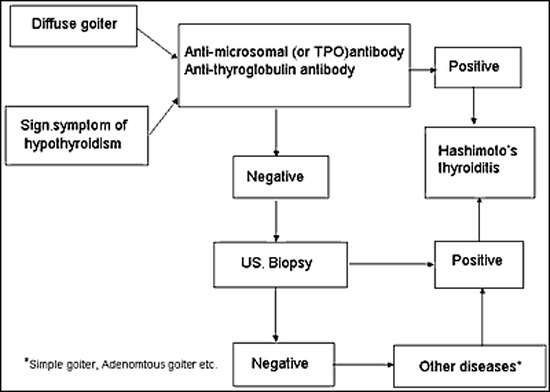
A profile of blood tests and an ultrasound scan of your thyroid gland is the only sure way to know if you have hashimoto’s.
How to diagnose hashimoto's disease. Ad discover what the hashimoto's disease is and how to detect symptoms right now. For diagnosing hashimoto’s disease, a few different blood tests are needed: Key points about hashimoto’s thyroiditis.
You may not notice signs or symptoms of the disease. Easiest, quick & 100% discreet. Hashimoto's disease progresses slowly over the years.
The diagnosis of hashimoto’s thyroiditis may be made when patients present with symptoms of hypothyroidism, often accompanied by a goiter (an enlarged thyroid gland) on. “the diagnosis of hashimoto’s thyroiditis may be made when patients present with symptoms of hypothyroidism, often accompanied by a goiter (an enlarged thyroid gland) on. Eventually, the decline in thyroid hormone production can result in.
Ad 5 best home hashimoto's disease test kits in the u.s. It is an autoimmune disease. It occurs when your body makes.
Generally, no other test is needed to confirm hashimoto’s disease, but if a doctor is suspecting hashimoto’s disease and the antibody test is negative then the medical practitioner. You may not have any symptoms of hashimoto's disease for years. You will find that these antibodies rise and.
Ultrasound only requires the use of an ultrasound wand which is placed over the skin. Tests of your thyroid hormone levels (t4, and sometimes also t3), to determine if they’re low or high. Usually, your doctor can diagnose you with hashimoto’s using blood tests and examining your thyroid gland for a goiter.
/how-to-test-for-hashimotos-disease-4159884-5c5db57046e0fb0001105eba.png)

:max_bytes(150000):strip_icc()/3976273_color1-5c018c7b46e0fb000194ecae.png)
:max_bytes(150000):strip_icc()/hashitoxicosis-overview-4582192-v2-5c82b37fc9e77c0001a67621.png)


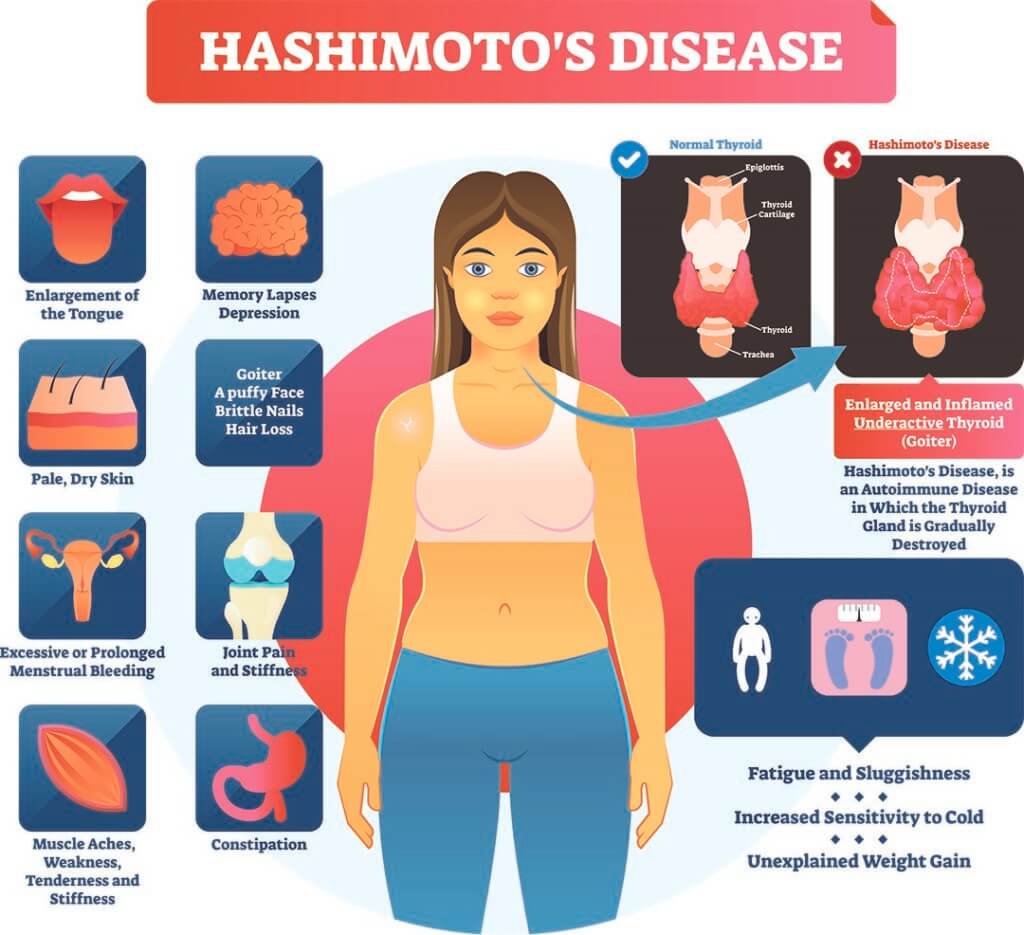

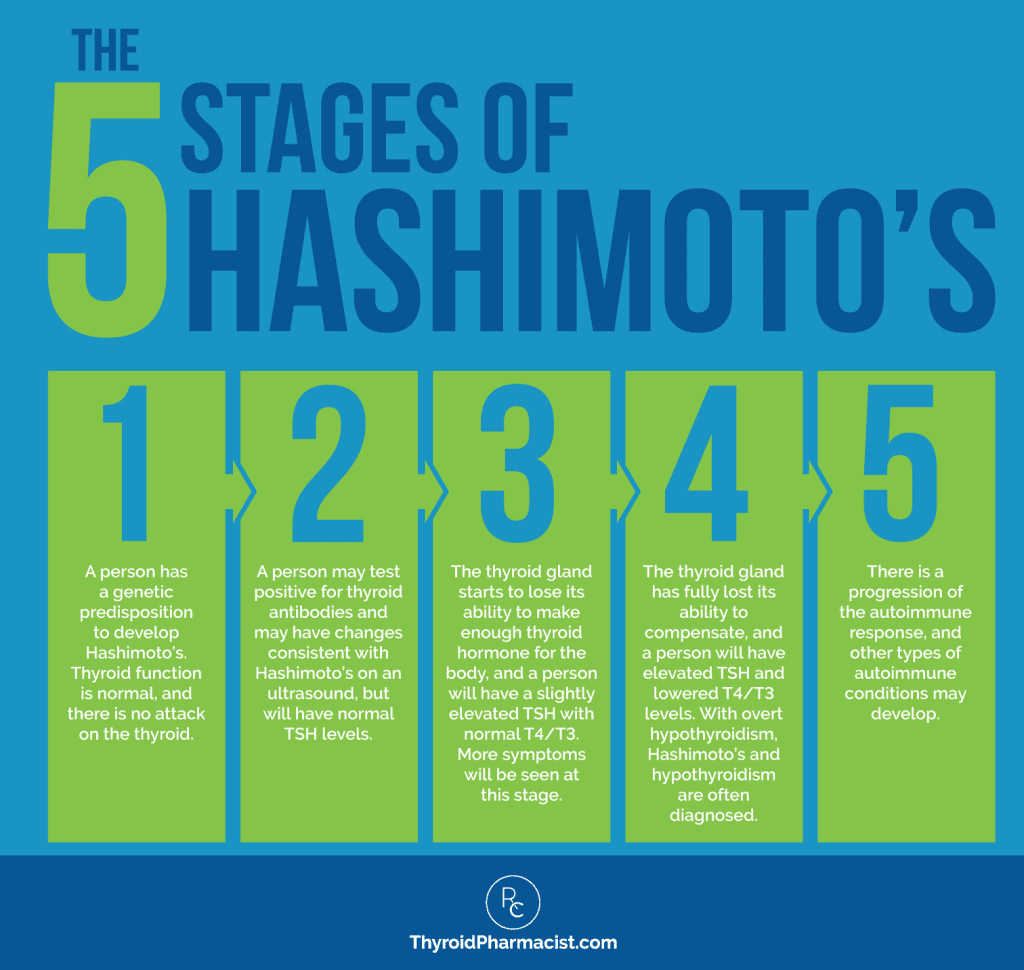
:max_bytes(150000):strip_icc()/hashimotos-disease-treatment-3233013_final-a2f411bfc823402e8376bc131b5cafda.png)
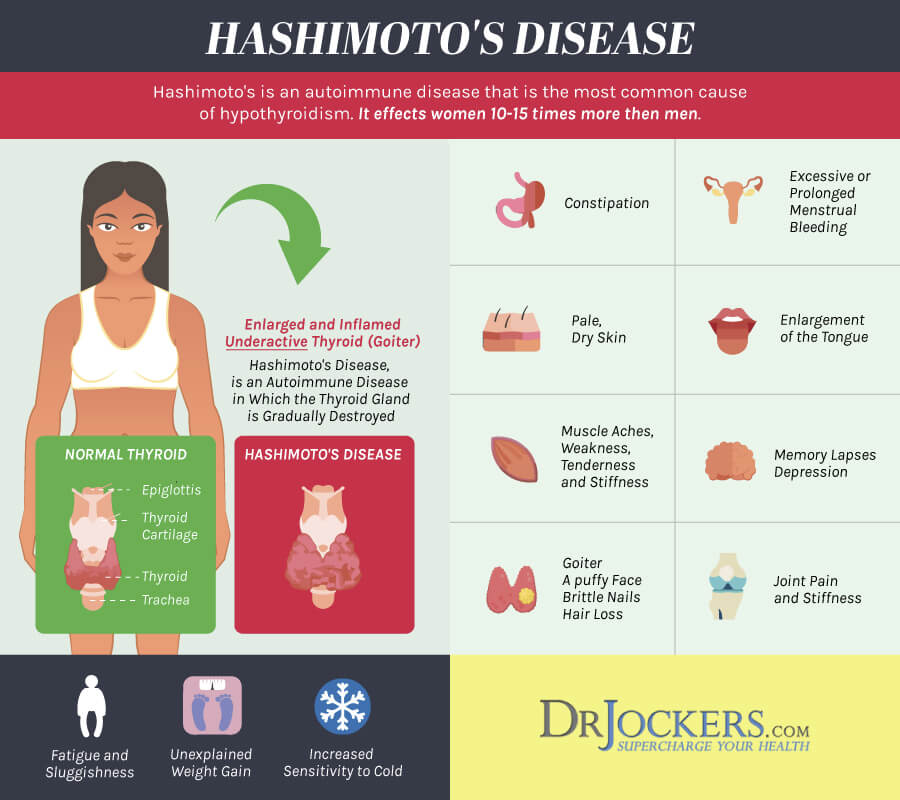
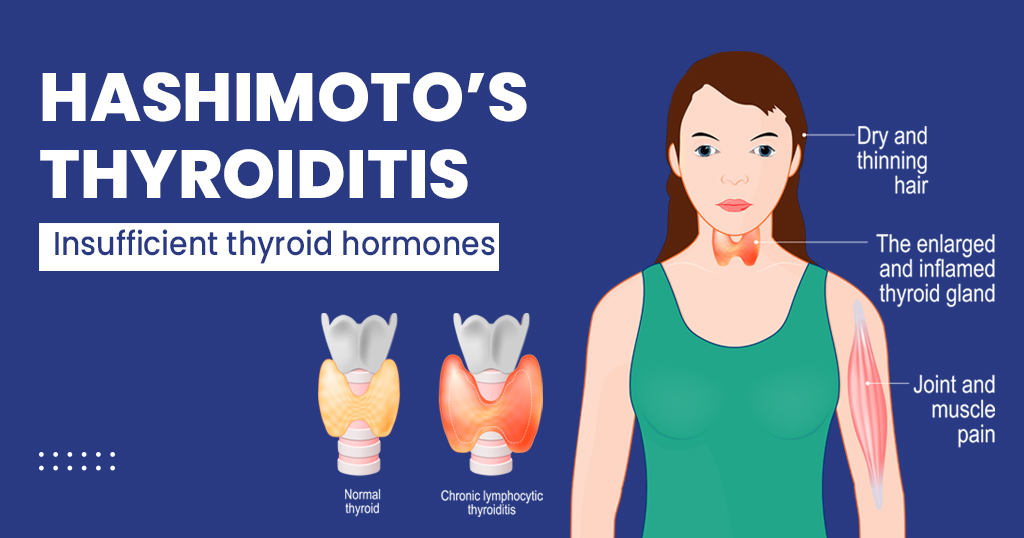

:max_bytes(150000):strip_icc()/4571020_color1-5c38e16d46e0fb0001fb3a7d.png)
